Unknown Prints (3)
jonathangill
14 years ago
Related Stories

ARCHITECTUREDiscover the Intriguing Possibilities for 3D Printing for Architecture
Would you live in a home made of printed plastic? With 3D printing, the options push architecture's limits
Full Story
ARCHITECTUREWhat the Future Holds for 3D Printing in Architecture and Design
Designers worldwide are creating 3D-printed buildings, furnishings and materials. Will we be seeing this trend in our homes?
Full Story
TASTEMAKERS3D Printing Takes Furnishings to New Heights at ICFF 2013
See how three-dimensional printing, laser cutting and other innovative technologies are changing the face of furnishings
Full Story
FUN HOUZZHouzz Announces 3D Furniture Printing
This amazing new technology promises to revolutionize the home furnishings industry. Here's how it works
Full Story
ECLECTIC HOMESHouzz Tour: Comic Book Prints and Vintage Decor Punch Up a Dublin Home
Flowing space and an ever-changing mix of vintage finds are key to this home’s cool, creative look
Full Story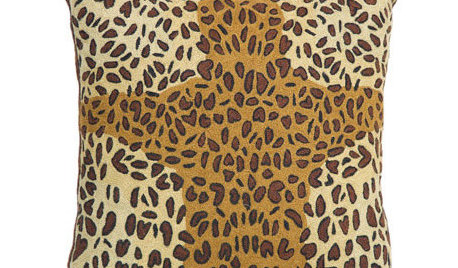
PRODUCT PICKSGuest Picks: 20 Great Leopard-Print Finds
See how to use a little or a lot of this great animal print, hot again this fall
Full Story
DECORATING GUIDESAnimal Prints: A Love-It-or-Hate-It Look
Some embrace faux furs and animal-print upholstery as classic looks. Others see them as a tacky throwback
Full Story
ART10 Simple Ways to Display and Enjoy Printed Photos
Are your photos lost in limbo on your electronic devices? Bring them out into the open with these viewing-friendly ideas
Full Story
DECORATING GUIDESFresh Take: 13 New Ways With Animal Prints
Here’s what designers know about these vibrant patterns and what they can add to a room
Full Story
DECORATING GUIDESTextile Textbook: Fall in Love With These Prints From Around the World
The appeal of these hip weaves, with centuries of tradition, goes beyond mere trends
Full StoryMore Discussions







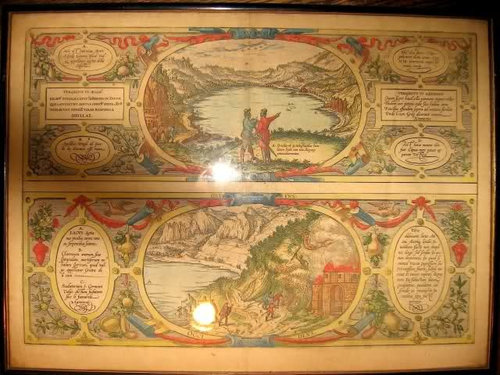

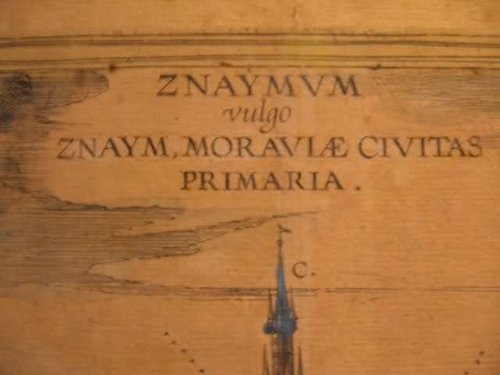
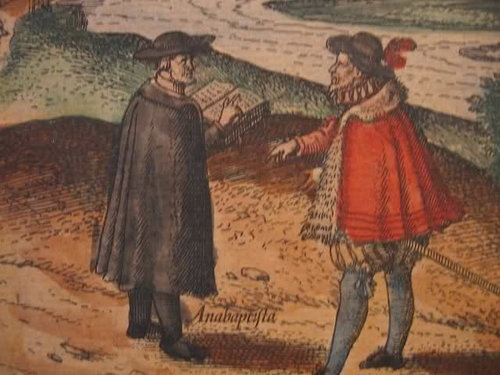
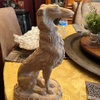




lindac
jonathangillOriginal Author
Related Professionals
Fort Wayne Furniture & Accessories · Westport Furniture & Accessories · Lawrenceville Painters · Leesburg Painters · Collierville Painters · East Renton Highlands Painters · Melrose Park Painters · Miramar Painters · Poinciana Painters · Ponte Vedra Beach Painters · Shrewsbury Painters · Middleburg Painters · Atlanta Professional Organizers · Baltimore Professional Organizers · Roseville Professional Organizerslindac
jonathangillOriginal Author
sunnyca_gw
sunnyca_gw
lindac
cyn427 (z. 7, N. VA)
jonathangillOriginal Author
cyn427 (z. 7, N. VA)
Rudebekia
Rudebekia